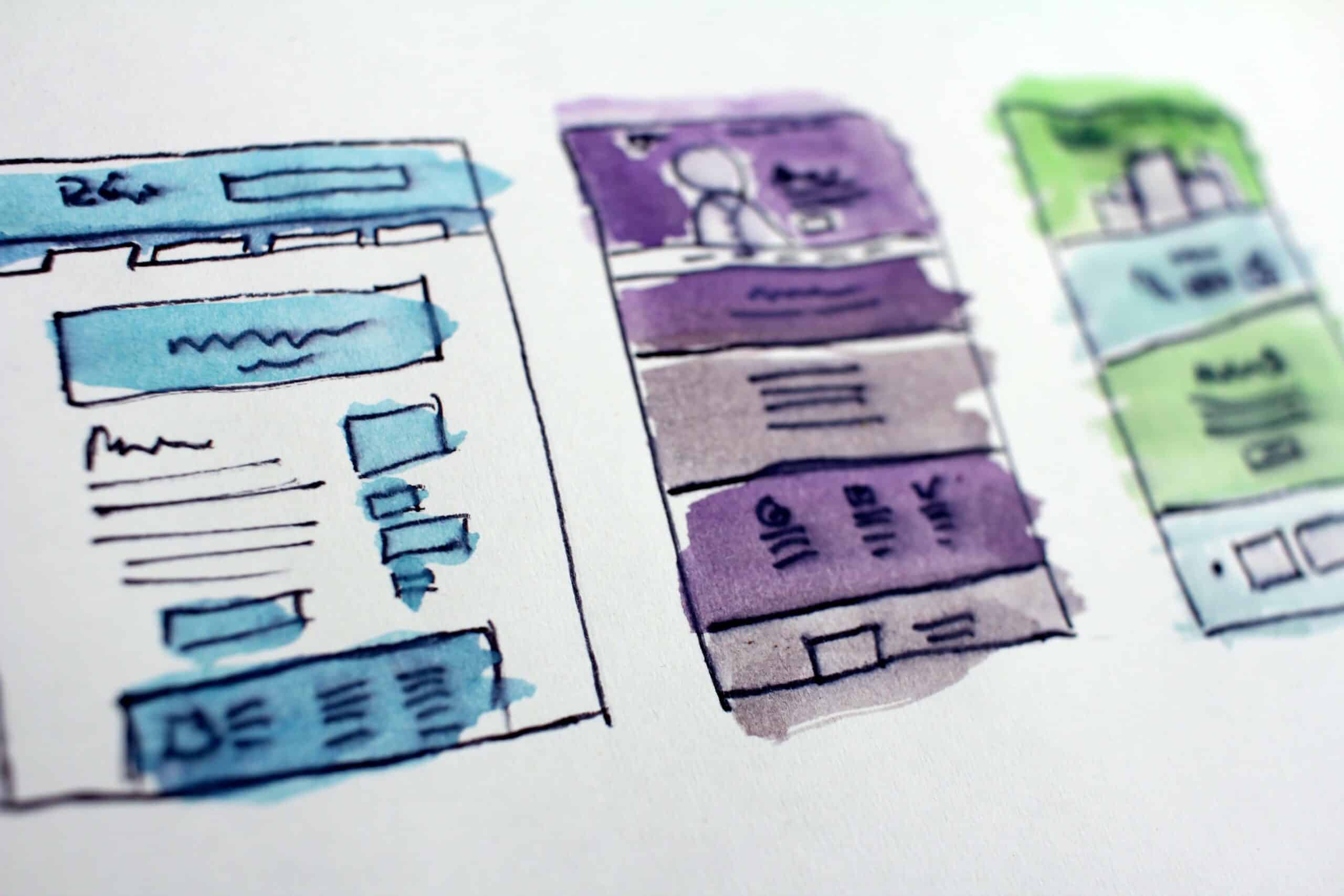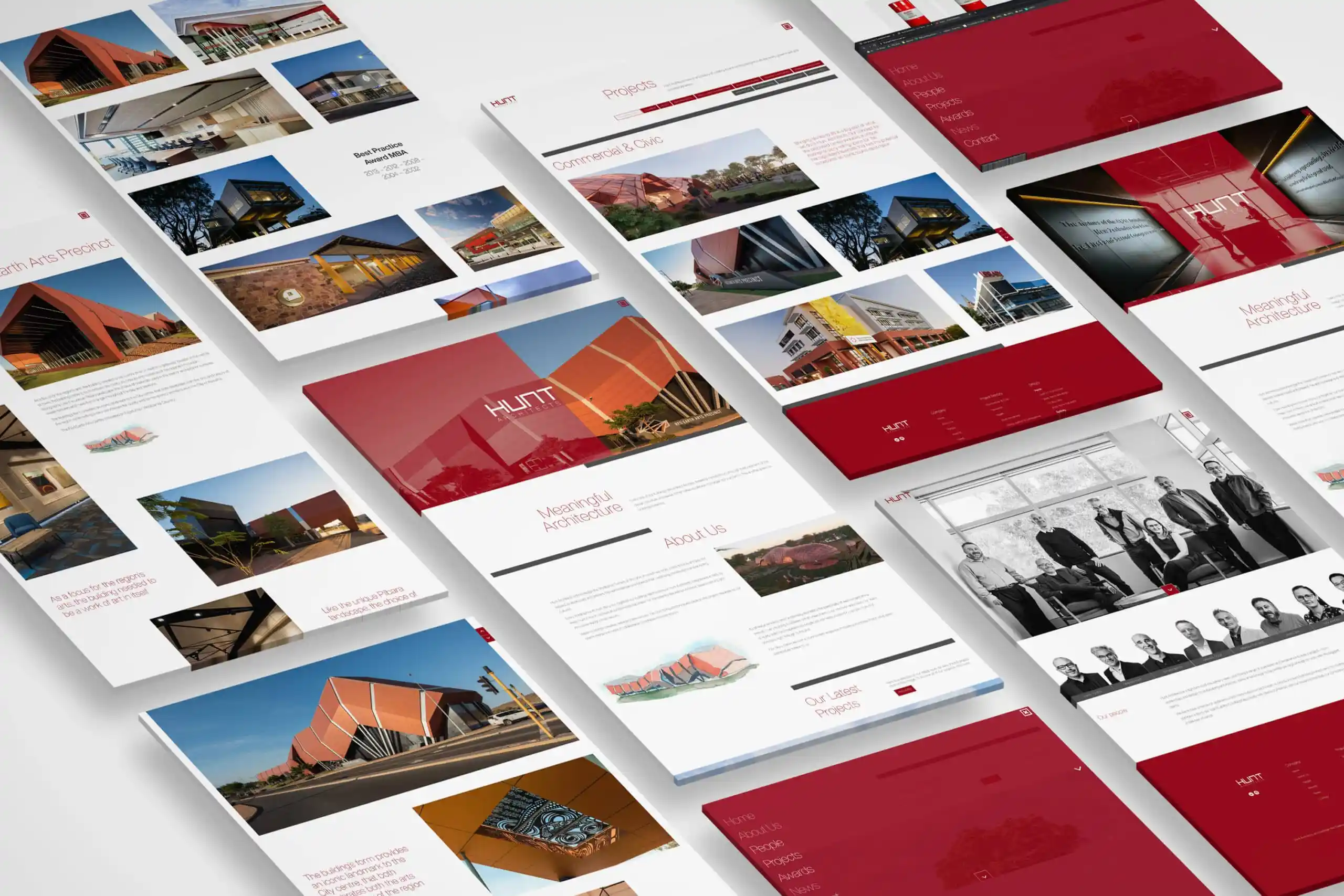Does your website have good usability? Imagine landing on a webpage, ready to learn or buy, but becoming frustrated because you can’t find what you need. Perhaps the content is unclear, making it hard to understand. Or maybe the site crashes during checkout, leaving you confused about what to do next. Does this sound familiar?
Table of Contents
What is good usability?
How to ensure you have good website usability
Test, test, and keep testing
What you experienced was a website with bad usability. So, how do you make sure that your users never feel like that when they visit your website? We’ve got a few tips for you. Read on to learn more about what good usability is and how to ensure your website always has good usability.
What is good usability?

Both web design and web development need to be focused on the user and their needs. Good usability means that your users’ goals, mental models, and requirements are met. Your users will likely have an expectation of what they consider to be a well-designed website. At the forefront of those expectations is the ease of use. If your users find it difficult to navigate your website, they’ll bounce.
Other factors that can contribute to usability include how long a page takes to load. If your website takes a long time to load, your users can get frustrated. Statistics show that 53% of users will leave a site if it takes more than 3 seconds to load. And that’s a lot of traffic you don’t want to miss out on.
Having good usability has its advantages. If your users are happy, they’re likely to give you what you need and convert. 67% of mobile users are more likely to make a purchase if they enjoy the user experience that your site has to offer.
So, how do you stay on top of your website’s usability? Let’s take a look.
How to ensure you have good website usability
Accessibility

Websites need to be accessible to all of your users, including those with disabilities. Take a look at the design of your site. Is the presentation of content clean? Your content should have a clear hierarchy so that it can be easily read and shouldn’t be surrounded by any clutter that could distract the user.
You also need to cater to users on different devices. Make sure your site has a responsive design so that it still works well whether a user is looking at it from a desktop or a mobile device.
Relevancy
Imagine thinking you’re on a site that offers amazing marketing and branding services, and then you find a blog post that’s all about the best cat food for your bloated cat (sidenote: could never be us). You’d think you’re going a little crazy.
And you wouldn’t want to make your users go crazy. Make sure all the content on your site is relevant to them and their needs. This will give them a clear idea of why they need to visit your site and the value that your products and services will bring to their lives. According to Google, you could lose up to 61% of users if they’re unable to find what they’re looking for quickly.
Consistency
Your users will likely get confused if each of your web pages looks different from one another because they’ll think that they’re on a different website and dealing with a different brand. That’s why it’s good to keep some consistency in your designs and overall brand.
Another reason to keep things consistent is that, as humans, we learn through recognising patterns. Your users will intuitively know how to navigate your site if they can recognise similar patterns throughout their experience on your site. It will help them reach their goals faster, and when you do introduce something new, they won’t be thrown off.
Direct feedback
When a user encounters an issue, they need to be guided on what to do next. If there’s a way they can fix the problem themselves, for example refreshing the page, be clear that they can do that. Otherwise, your user will be left stranded and will probably abandon your site.
Giving them direct feedback on their actions can help relieve any worry they might have. You should also let them know when things go well. For example, if they sent an enquiry, let them know that their enquiry was sent successfully by displaying a success screen.
Credibility

No one wants to make a purchase from a website that they don’t trust. To make sure that your users trust you, include an About Us section on your site so that they can get a clear idea of who the company is and what its values are. Your contact details, and an address if possible, should also be clearly visible so that they know you are, in fact, real.
Including testimonials and reviews from other customers can encourage more loyalty. You should also make sure that your content is up to scratch. There shouldn’t be any grammatical or spelling errors, and you should offer your users high-quality information. This will cement your standing as an expert in your field, and they’ll want to come to you whenever they’re seeking information.
How do you test if your website has great usability?
Testing the usability of your website involves various methods to ensure it meets the needs of your users effectively. Here are several approaches you can take:
Usability Testing: Conduct usability testing sessions where real users interact with your website to perform specific tasks. Observe their actions, collect feedback, and note any issues they encounter.
User Surveys: Create surveys to gather insights from your website visitors about their experience. Ask about ease of navigation, clarity of information, and overall satisfaction.
Heatmaps and Click Tracking: Use tools like heatmaps and click-tracking software to visualize where users click, how far they scroll, and which areas of your website attract the most attention. This helps identify popular and problematic areas.
A/B Testing: Compare different versions of your website (A and B) to see which performs better in terms of user engagement metrics such as click-through rates, bounce rates, and conversions. This method helps optimize design elements and user flows.
Accessibility Testing: Ensure your website is accessible to users with disabilities by testing with screen readers, keyboard navigation, and color contrast tools.
Speed Testing: Evaluate the loading speed of your website using tools like Google PageSpeed Insights or GTmetrix. Fast-loading pages contribute significantly to usability.
Mobile-Friendliness Testing: Check how your website performs on various mobile devices. Responsive design and intuitive mobile navigation are crucial for a positive user experience.
Usability Heuristics Evaluation: Apply usability heuristics (such as those by Jakob Nielsen) to assess your website against recognized principles of usability, including clarity, consistency, and error prevention.
Feedback and Support Channels: Monitor feedback from customer support channels, social media, and user reviews to identify recurring usability issues and concerns.
By implementing these testing methods, you can gather comprehensive data on your website’s usability, pinpoint areas for improvement, and ultimately enhance the overall user experience.
Test, test, and keep testing

It’s important that your website has good usability. To make sure that it’s always up to snuff, keep conducting usability tests. For example, you could do user interviews or observations to see where users are struggling on your website. This will give you an idea of which areas need improvement, so when your users have their credit cards in their hands, nothing stops them from making a purchase and coming back to support your business again and again.
Key takeaways:
- Good usability = meets user needs + ease of use. Poor usability leads to users leaving.
- Fast loading is crucial. Slow sites lose many users.
- Good usability = happy users = higher conversions.
- Test usability regularly using methods like: user testing, surveys, heatmaps, A/B testing, accessibility checks, speed tests, mobile testing, heuristic evaluation, and feedback monitoring.
- Continuous testing is key for ongoing improvement.
- Prioritizing usability boosts user experience, conversions, and brand loyalty.
Conclusion
Good website usability is essential for meeting user expectations and needs effectively. By testing and optimizing through methods like usability testing, surveys, and performance evaluations, you can identify areas for improvement. This approach enhances user experience, supports business goals by maximizing engagement and conversions, and fosters trust and loyalty in your brand.





